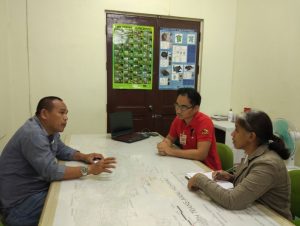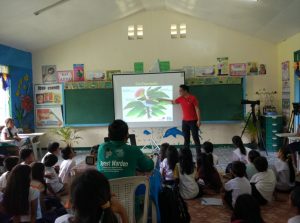Cebu Island in Central Philippines is one of the most biologically devastated islands in the world and is a priority site for conservation. In relevance to its area, there is so little forest remaining that only 0.03% of the island’s forests remain intact. This is what’s left of the habitat of the Cebu flowerpecker and other species of Cebu.
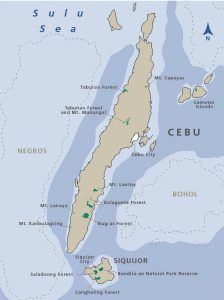
So little is known about the Cebu Flowerpecker (Dicaeum quadricolor), that most of the decision and policy makers and even some local communities do not know that the species even exist and more so, is on the edge of existence. A species found only in the island of Cebu and was declared extinct until it was rediscovered in 1992. Classified as Critically Endangered, it is only known to exist in three sites in the island with an estimated total area of occupancy of 15 square kilometres (1,500ha). My EDGE project brings me and the world closer towards a deeper understanding of the species with the hope of saving it from the edge of existence.
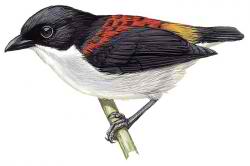
There was an obvious gap of knowledge of what is the Cebu flowerpecker, so the project started off with a campaign of introducing the Cebu flowerpecker and delivering information regarding the species specifically to decision makers and the local communities in Cebu. It was important to let them know about the species and the project to pull-in possible resources and unite for one common goal, to protect Cebu’s biodiversity and the Cebu flowerpecker. It was a successful campaign as the Provincial Environment and Natural Resources Office committed their support into developing a Cebu Provincial Biodiversity Strategic Action Plan and a Cebu Flowerpecker Action Plan that will be the conservation framework of the province and the species. Also, we lobbied for the Cebu flowerpecker to be the highlight species of the 6th Cebu Provincial Widlife Quiz Bowl which they excitingly agreed.
In June, I accompanied the Mayor and municipality of Alcoy visited Nug-as forest for them to see the forest and interact with the local communities and forest wardens. Since then, he has doubled the incentives of the forest wardens and committed greater support towards protection of the forest. It was a win for the forest wardens, the local communities, the programme and for the Cebu flowerpecker.
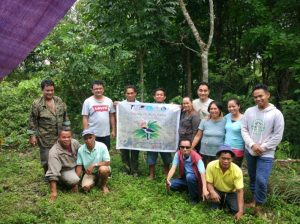
To widen the reach of the campaign, I visited several communities in Central Cebu Protected Landscape and a school in Alcoy from March to Juneto conduct lectures about Cebu’s biodiversity and the Cebu flowerpecker. Most of the participants have only known the species from the lecture and were surprised that they have this species. There was a sense of urgency and responsibility from them to protect the species, because of its story and most especially that it carries the name of their homeland.
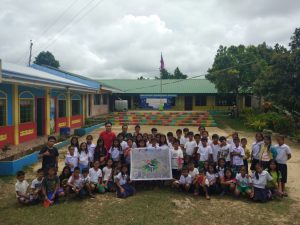
The people who knew of the Cebu flowerpecker, most of them were the first generation forest wardens so there was an obvious gap in knowledge of this species most especially to local communities where the species is found. One of the objectives of this project is to bridge that gap and understanding of the species and its habitat, to let them know of a species of their homeland that was declared extinct but was rediscovered to have a second chance of existence and for them to contribute to that. Developing pride and ownership is vital towards the success and sustainability of community-based conservation.
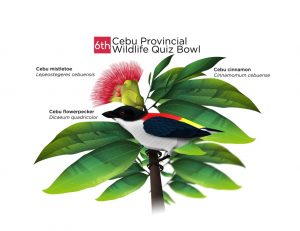
- Andrew Ross Reintar
